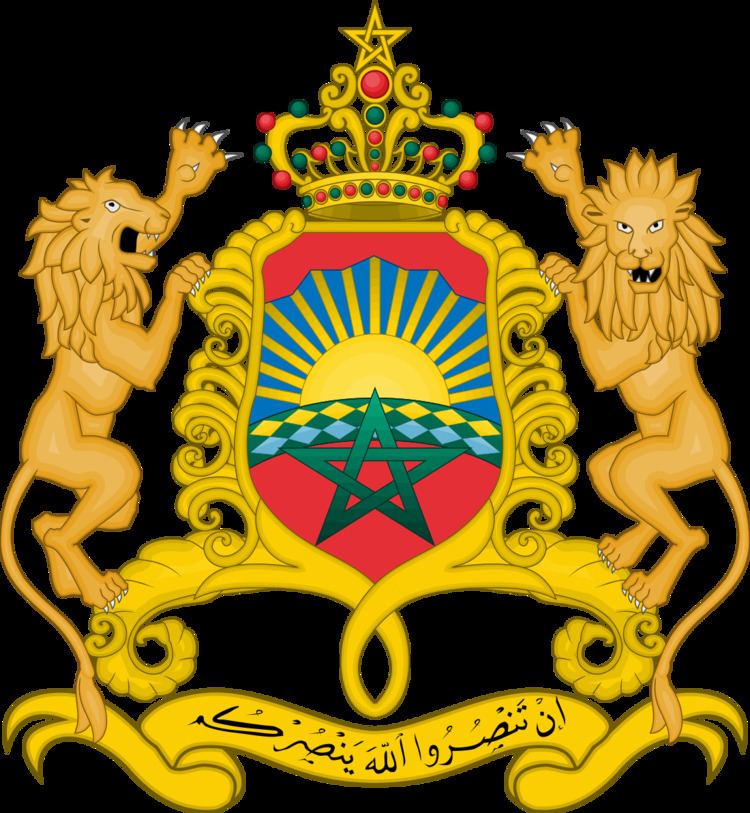 | ||
Arms of Dominion are the arms borne both by a monarch and the state in a monarchy.
In this respect they are both the national arms and the arms of the nation's monarch, who is the monarchy's sovereign, and are thus simultaneously the personal arms of the monarch and the arms of the state he or she reigns over.
The arms of the monarch and the arms of the realm
The famous heraldic author John Brooke-Little, Norroy and Ulster King of Arms, in his book 'An Heraldic Alphabet' (page 38) wrote regarding Arms of Dominion:
"These, which are also styled 'arms of sovereignty', are those borne by a sovereign in respect of the territories he rules rather than his own family arms. The royal arms are arms of dominion; the Queen's arms of descent would be those of her own branch of the House of Saxony. Arms of dominion do not follow the ordinary rules and conventions of armory but are settled ad hoc by the monarch, usually, of course, with ministerial and heraldic advice."
Furthermore, in his 1983 revision to 'Boutell's Heraldry', Brooke-Little stated (page 222):
"Royal Arms, or Arms of Dominion, are inseparable from the office and rank of royalty, and cannot be borne undiffference by any person except the Sovereign...The Royal Arms may not be quartered without some difference. In the person of Sovereigns, all minor ranks and titles are merged in their royalty; consequently whatever arms they may previously have borne cease to be used at their accession, and no other arms may be quartered with the Royal Arms. The arms of the Sovereign are not impaled with those of his or her consort."
Therefore, in most hereditary monarchies the Arms of Dominion are also the Arms of State; they cannot be used by anyone else; no matter how closely related they are to the monarch. Thus younger members of Royal Houses will use arms that are similar to those of the monarch, but they are made slightly different by marks that are placed on the shield, including but not restricted to, labels. This is called cadency, and is equally applicable to the arms of non-royal families, but is not as enforced. Within royal families, however, it is rigidly enforced by the heraldic authorities of the particular country.
In republics, the arms of the head of state (who is not the sovereign by definition) are not the same as the arms of the state (which is sovereign-or rather-the people of the state are). For example, the arms of the United States of America and the arms of the various Presidents of the United States of America are not the same. This is something that has been well established since pre-modern times; the arms of the various Doges of the Republics of Republic of Venice and the Doges of the Republic of Republic of Genoa were not the same as the republics over which they ruled.
Common external elements in arms of dominion are royal pavilions, which are used in most Arms of Dominion, modern and historical, except in the arms of countries that belong to the commonwealth of nations, such pavilions being peculiar to the style of heraldry that originated in the British Isles.
